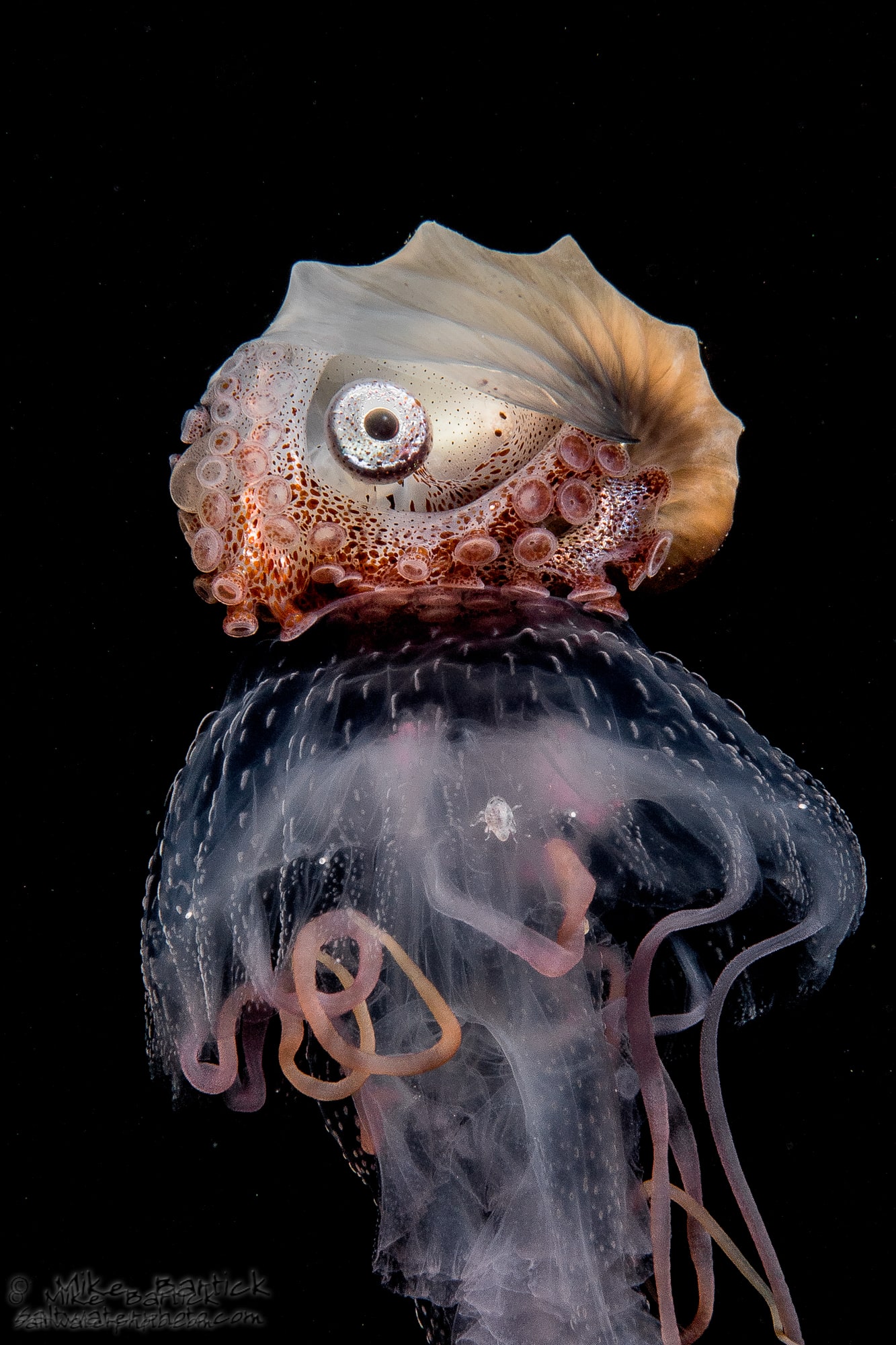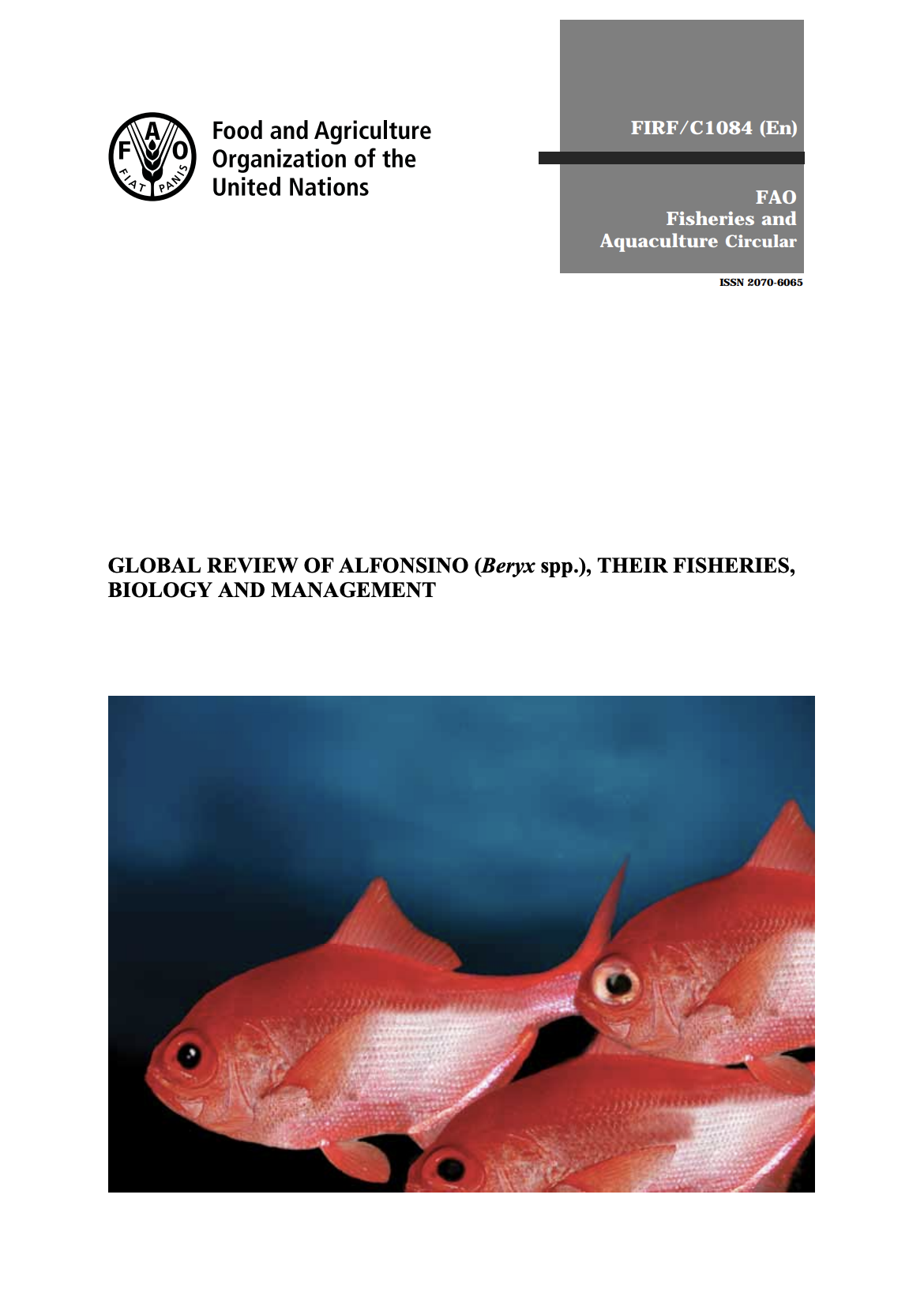Deep-sea fisheries face unique management challenges
Deep-sea fisheries in ABNJ have unique management challenges because of their distance from shore and the nature of deep-sea habitats and species. Due to the difficult living conditions in the deep-sea – lack of light, limited access to nutrients, high pressure – the species that live here tend to be long lived and slow to reproduce. This makes them particularly vulnerable to overexploitation. Moreover, deep-sea fisheries occur in remote parts of the ocean where management is difficult to control and enforce.
Progress on sustainable deep-sea fisheries management is insufficient
Significant progress has been made in promoting sustainable deep-sea fisheries and biodiversity conservation at global and regional levels. However, improvements are still required, especially when taking into account the known vulnerability of deep-sea habitats, fish stocks and associated bycatch species. A particular challenge for sustainable deep-sea fisheries in some regions is the limited capacity and experience with implementing management measures.
The main constraints to greater progress in deep-sea fisheries management are: (i) the limited use of holistic management planning methodologies and adaptive management approaches in ABNJ deep-sea fisheries; (ii) insufficient knowledge of the status and dynamics of target and bycatch species and biodiversity in general; (iii) insufficient knowledge of the impacts of deep-sea fisheries on ecosystems; and, (iv) the existence of illegal, unreported and unregulated (IUU) fishing.
Effective monitoring, control and surveillance are needed
Effective monitoring, control and surveillance (MCS), including the deterrence of IUU fishing, is an essential component of deep-sea fisheries management and biodiversity conservation. With advancing technological developments, remote monitoring of fishing vessels and the collection of fisheries data can support sustainable fisheries worldwide.

The solution
Where we worked
The ABNJ Deep Seas Project worked closely with Regional Fisheries Management Organisations/Arrangements (RFMO/As) in the Southern Indian Ocean and the South East Atlantic that have a mandate for deep-sea fisheries. Throughout the project, we also collaborated with other deep-seas fisheries stakeholders.
How we worked
A regional review of the various approaches taken in the ABNJ in relation to implementation of the Ecosystem Approach to Fisheries (EAF) management framework was undertaken. This was based on an assessment of the degree to which RFMO/As are implementing the EAF. This approach deals with all the ecological consequences of fishing, as well as the social and economic implications generated by the management and institutional arrangements related to fisheries. The review assessed the implementation of ecological, social and institutional criteria related to the EAF by deep-sea RFMO/As. The review provided recommendations on activities to strengthen the EAF within ABNJ fisheries management bodies.
Working in close partnership with the RFMO/As in the Southern Indian Ocean and the South East Atlantic regions, an overview of the international legal framework for MCS of fisheries in ABNJ was produced. Increasing regional knowledge, awareness and capacity related to enforcement and compliance activities is a key element of improving fisheries management. It provides options for strengthening MCS capacity for deep-seas fisheries within these regions.
Referring to the expertise of deep-sea specialists and fisheries scientists, two workshops took place to assess the current status and management of two important deep-sea fisheries species. These assessments provide key information on species biology, current levels of exploitation and conservation status, as well as a summary of existing and proposed management methods. In addition to the information provided at the workshop, literature reviews were undertaken to support a comprehensive evidence base.
Applying the Ecosystem Approach to Fisheries management in ABNJ
The level of implementation of the EAF varied among regions and among different components of the EAF. Key findings include:
- The level of implementation of the EAF across RFMOs is generally linked to the age of the body/convention/agreement being assessed. Older, more established RFMO/As have had more time to fully implement the EAF;
- Most RFMO/As address the institutional aspects of the EAF in a comprehensive manner;
- Many RFMO/As are addressing the ecological impacts of fishing related to target species, benthic habitat and bycatch issues; and,
- The largest gaps in relation to implementation of the EAF is the consideration of social and economic issues.
In some regions, the knowledge and capacity to implement MCS measures for deep-sea fisheries needs to be strengthened. To address this, the ABNJ Deep Seas Project developed an action plan for the adoption of best MCS practices in the Southern Indian Ocean and South East Atlantic regions. This action plan was adapted to the specific conditions of ABNJ deep-sea fisheries in these pilot regions. Working closely with the RFMO/As in these regions, we collected global knowledge on best practices in MCS for deep-sea fisheries and shared the information in regional workshops. The action plan is an important resource for capacity building in deep-sea fisheries. It provides a valuable tool for national and regional management agencies in the pilot regions to strengthen MCS systems, improve compliance with fisheries regulations and reduce illegal, unreported and unregulated fishing (IUU fishing).
Reviewing the status of key deep-sea fish species
Having information about the status of fish stocks is very important for adaptive and effective fisheries management. With the help of deep-sea specialists and fisheries scientists, the ABNJ Deep Seas Project reviewed the status of two important deep-sea fish species, the orange roughy and alfonsino. These reviews provide key information on species biology, a current assessment of exploitation levels and conservation status, as well as proposed management methods.


